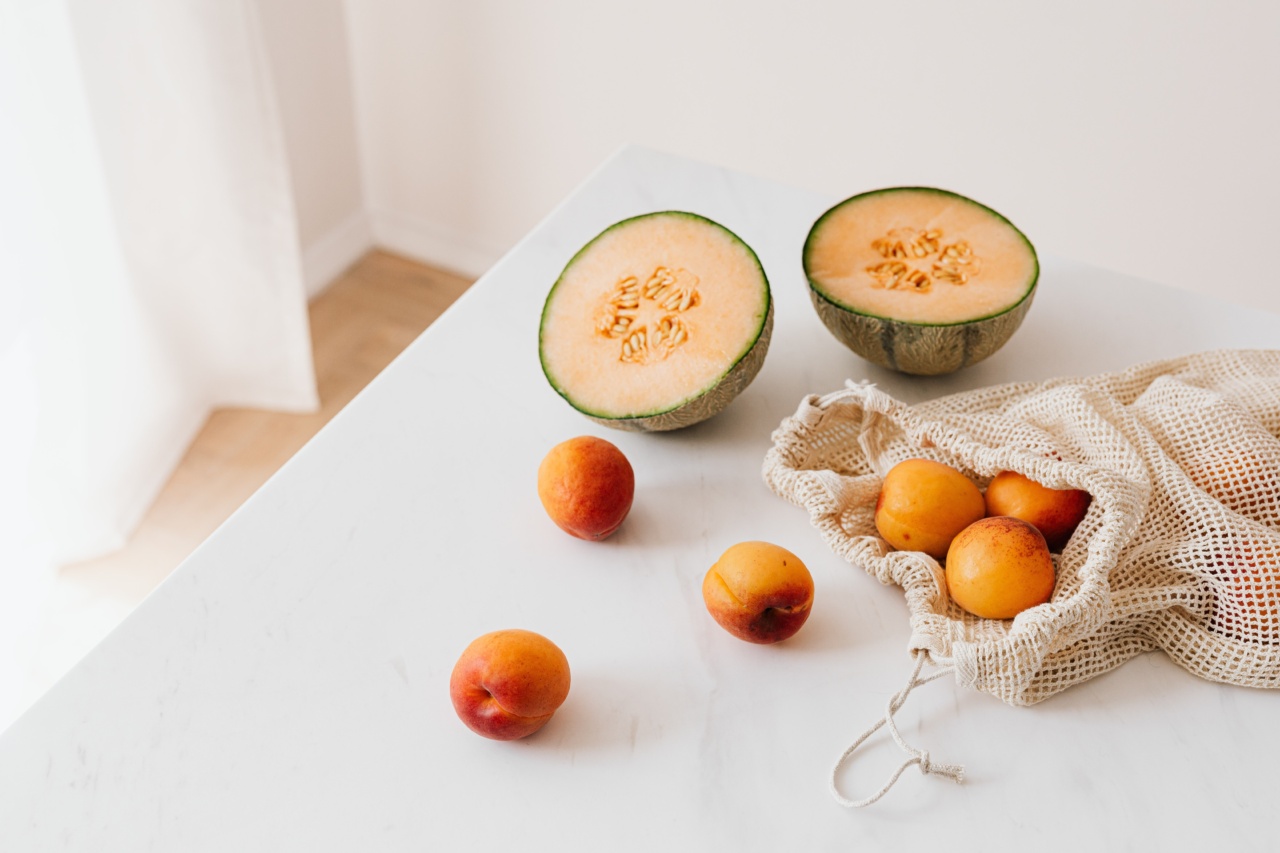Stroke is a serious medical condition that occurs when blood supply to the brain is disrupted. It can lead to permanent brain damage, disability, or even death.
While there are various risk factors for stroke, such as age, gender, and genetics, certain lifestyle factors also play a significant role. In particular, diet can have a profound impact on reducing the probability of stroke. In this article, we will explore some effective diets that can help lower the risk of stroke.
The Mediterranean Diet
The Mediterranean diet is often touted as one of the healthiest diets for overall well-being, including stroke prevention. This diet primarily focuses on plant-based foods such as fruits, vegetables, whole grains, legumes, and nuts.
It places a strong emphasis on consuming healthy fats, such as olive oil, while limiting the intake of saturated and trans fats. Studies have shown that following a Mediterranean-style diet can significantly reduce the risk of stroke, thanks to its anti-inflammatory and antioxidant properties.
DASH Diet
The Dietary Approaches to Stop Hypertension (DASH) diet is another effective diet for stroke prevention. It is designed to lower high blood pressure, one of the major risk factors for stroke.
The DASH diet emphasizes consuming foods rich in potassium, magnesium, and calcium while reducing sodium intake. This includes whole grains, lean proteins, low-fat dairy products, fruits, and vegetables. By maintaining a healthier blood pressure level, individuals following the DASH diet can reduce their risk of stroke.
Reducing Sodium Intake
Excessive sodium consumption has been linked to high blood pressure, which increases the risk of stroke. To reduce the probability of stroke, it is essential to limit sodium intake.
This involves avoiding processed and packaged foods that are often high in sodium. Instead, opt for fresh, whole foods and use herbs and spices to enhance flavor. Additionally, reading food labels carefully can help identify hidden sources of sodium in various products.
Including Omega-3 Fatty Acids
Omega-3 fatty acids, found in fatty fish such as salmon, mackerel, and sardines, have been associated with a lower risk of stroke. These healthy fats help reduce inflammation, improve blood circulation, and prevent blood clots.
It is recommended to consume at least two servings of fatty fish per week to reap the benefits. For those who are vegetarian or do not prefer fish, alternative sources of omega-3s include flaxseeds, chia seeds, and walnuts.
Antioxidant-Rich Foods
Antioxidants are substances that help protect our cells from damage caused by free radicals. Including a variety of antioxidant-rich foods in your diet can help reduce the risk of stroke.
Berries, such as blueberries, strawberries, and raspberries, are excellent sources of antioxidants. Dark chocolate, green tea, and colorful vegetables like spinach, kale, and broccoli are also rich in antioxidants. By incorporating these foods into your diet, you can actively lower the probability of stroke.
Healthy Hydration
Staying properly hydrated is crucial for overall health and can also contribute to stroke prevention.
Drinking an adequate amount of water daily helps maintain blood viscosity at optimal levels, preventing blood from becoming too thick and prone to clotting. Avoiding excessive alcohol consumption is also recommended, as alcohol abuse can increase the risk of stroke. Aim to drink at least 8 glasses of water per day and limit alcohol intake to moderate levels.
The Importance of Fiber
Consuming an adequate amount of dietary fiber is beneficial for stroke prevention. High-fiber foods help regulate blood pressure, reduce cholesterol levels, and maintain a healthy weight.
Whole grains, such as oats, brown rice, and quinoa, are excellent sources of fiber. Legumes, fruits, and vegetables are also rich in fiber. By including these foods in your diet, you can improve heart health and reduce the probability of stroke.
Limiting Sugar and Refined Carbohydrates
A diet high in sugar and refined carbohydrates contributes to obesity, diabetes, and other risk factors for stroke.
To lower the probability of stroke, it is essential to limit the consumption of sugary beverages, processed snacks, and refined grains like white bread and pasta. Instead, opt for healthier alternatives such as fruits, nuts, whole grains, and lean proteins. This can help prevent weight gain, maintain stable blood sugar levels, and reduce the overall risk of stroke.
Maintaining a Healthy Weight
Obesity is a significant risk factor for stroke. By maintaining a healthy weight through a balanced diet and regular exercise, the likelihood of stroke can be greatly reduced.
It is important to focus on portion control and eat a variety of nutrient-dense foods. Avoiding excessive calorie intake, particularly from unhealthy sources, is crucial. Additionally, engaging in regular physical activity can further contribute to weight management and enhance cardiovascular health.
The Role of Regular Exercise
Regular exercise is not only important for maintaining a healthy weight but also plays a crucial role in reducing the probability of stroke.
Engaging in moderate-intensity aerobic activities, such as brisk walking, swimming, or cycling, for at least 150 minutes per week can significantly lower the risk of stroke. Exercise helps improve blood circulation, reduce blood pressure, and elevate overall cardiovascular fitness. Combined with a healthy diet, regular exercise can have a remarkable impact on stroke prevention.






























